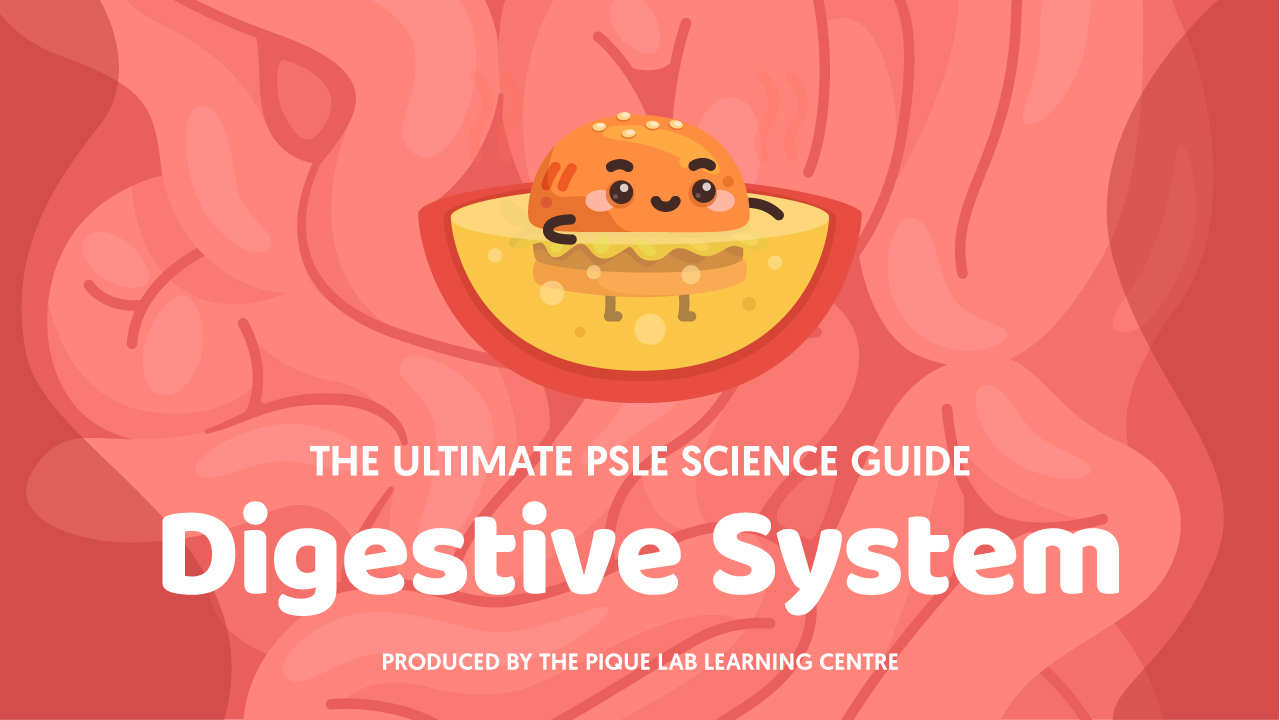Welcome back to our Examination Paper Analysis series!
In this article, we will be reviewing the 2018 P5 Qifa Primary School (QFPS) SA2 Science Examination Paper.
What Topics Are Covered In This Paper?
The topics covered in this paper (both Booklets A & B) include:

The two topics with the highest weightage in this paper are Heat Energy and Reproduction In Plants, as both topics were allocated 7 questions each. If you’d like to evaluate your child’s content mastery of these two topics, I’d recommend giving the 2018 P5 QFPS SA2 examination paper a try!
In this article, I have selected two questions for discussion. For the first question (Q32), I’ll be discussing how students can identify plants and animals simply by observing the amount of oxygen they produce under different conditions. Additionally, I’ll also be clarifying a common misconception relating to the concepts of photosynthesis and respiration.
For the second question (Q27), I’ll be sharing some useful tips on how to tackle questions involving electrical circuits quickly and accurately.
Read Also:
Let’s Take A Look At Q32

Source: Qifa Primary School – 2018 P5 SA2 Examination Paper [Q32]
Thought Process For Part (a)
Based on the graph above, we can observe that there was more oxygen measured in the beaker with Organism A that was exposed to sunlight, as compared to the beaker with Organism A that was placed in a sealed black box.
In this experiment, the only changed variable between the two set-ups is the presence of light, as one set-up was exposed to light and the other set-up was not.
Suggested Answer For Part (a)
The presence of sunlight causes the amount of oxygen in the water of beaker with A to increase.

Source: Qifa Primary School – 2018 P5 SA2 Examination Paper [Q32b]
Thought Process For Part (b)
I’d like you to focus on a key phrase in this question: “cells that contain chloroplasts”. Based on what you’ve learned, do you remember which type of cells contains chloroplasts?
If you were thinking about plant cells, you’re absolutely right! Only plant cells, and usually the leaf cells in particular, have chloroplasts that contain chlorophyll to trap sunlight in the process of photosynthesis to make food.
🌵 Fun Fact: Did you know that the leaves (spines) of the cactus do not contain chloroplasts? The chloroplasts are actually found in the stem of the cactus instead! You’ll be able to learn more about interesting adaptations like these under the P6 topic of Adaptations.
Before moving on, let’s recall the word equation of photosynthesis together!

Based on the equation above, we can see that oxygen is produced during the process of photosynthesis.

Using our findings from Part (a), we can conclude that Organism A must be a plant because there was an increase in the amount of oxygen in the water of Beaker A when exposed to sunlight.
⚠️ Misconception Alert!
What processes do you think Organism A, which we have determined to be a plant, is undergoing when exposed to sunlight?
Here’s a common misconception that many students have at this point:
“In the presence of light, Organism A would only carry out photosynthesis.”
What do you think is wrong with this statement?
Many students focus on photosynthesis as it provides food for the plant. However, it is actually the process of respiration that uses the food to release energy for the organism’s survival. Thus, respiration must take place all the time for the organism to survive. As such, photosynthesis is not the only process that is occurring when plants are exposed to sunlight.
Let’s take a look at the question again:

To avoid incomplete answers, I encourage my students to use the CUE method of writing.
Here is what CUE represents:
C stands for Choose.
U stands for Use Data from the question (e.g. diagrams, graphs, tables).
E stands for Explain Data (using the science concept).
Suggested Answer:
Choose: Organism A.
Use Data: When exposed to sunlight, the beaker with Organism A contains a greater amount of oxygen than the beaker with Organism B.
Explain: This shows that Organism A is a plant as only plants can carry out photosynthesis to make food and release oxygen when exposed to sunlight. Thus, Organism A’s cells will contain chloroplasts, which contain chlorophyll to trap sunlight in the process of photosynthesis to make food and release oxygen.
Let’s Move On To Q27

Source: Qifa Primary School – 2018 P5 SA2 Examination Paper [Q27]
Thought Process
This question requires students to identify where the switch should be placed on the circuit such that only two bulbs will light up when the switch is opened.
Tip #1: When encountering a question on electrical circuits, it will be very helpful to trace all possible pathways that the electrical current may flow through the circuit. Note: Start tracing the pathway from the energy source (the battery).
There are three possible electrical pathways found in the diagram above and I’ve highlighted them in red, green and purple as shown below:

Why is it helpful to trace the possible electrical pathways?
Tracing the possible pathways allows us to easily visualize the flow of the electrical current in the circuit. With these helpful visual aids, we can identify the bulbs controlled by the switch at the various positions: A, B, C and D!
Tip #2: Imagine a “gap” in the electrical pathways drawn wherever the switch can be placed. This allows us to spot the electrical pathways that are still closed in order to determine which bulbs will light up as they still have a current flowing through them.
Using these tips, let’s take a closer look at Option (1).
When the switch is placed at Position A and is opened, there will be a “gap” in the red and green pathways, as shown in the diagram below:

The red and green pathways are now considered open circuits and the electrical current is unable to flow through the bulbs using these pathways.
That being said, this does not necessarily mean that the bulbs on these pathways will not light up as they may not only depend on one electrical pathway to provide them with an electrical current. As seen from the diagram above, some bulbs that are on the red and green pathways will light up even when the open switch is placed at Position A.
Here’s a scenario to help with your understanding:
You’re on the way to school on an early Monday morning and you’re waiting for the bus to arrive. You’ll be able to board either Bus 7 or Bus 10 as both buses will make stops at your school, despite taking different routes.
If Bus 7 breaks down and is unable to reach your bus stop, will you still be able to travel to school? The answer is yes as Bus 10 will still arrive at the same bus stop you’re waiting at! Like the bulb, you do not depend on only one bus to provide you with transport to school.
As mentioned, when an open switch is placed at Position A, this causes the red and green pathways to become open circuits. However, the purple pathway is unaffected and still closed. As such, the electrical current is still able to flow through 3 bulbs (as indicated in the diagram above), causing them to light up.
Thus, Option (1) is incorrect.
Using the two tips mentioned above, let’s analyse the other options given in the question:

Based on the analysis in the table above, in order for only two bulbs to light up when the switch is opened, the switch should be placed at Position B.
As such, the answer is Option (2)!
In Conclusion
Here are the biggest takeaways from this article:
- Plants and animals can be identified by observing the amount of oxygen they produce under different conditions.
- Respiration is a process that takes place all the time, while photosynthesis takes place in the presence of light (in addition to respiration).
- Lightbulbs in an electrical circuit can receive a current from multiple electrical pathways. Just because one electrical pathway becomes an open circuit, it does not necessarily mean that the bulb is unable to light up.
Thank you for reading and do stay tuned for more articles to come! 😊

If you like our methodology, we've some upcoming workshops:







